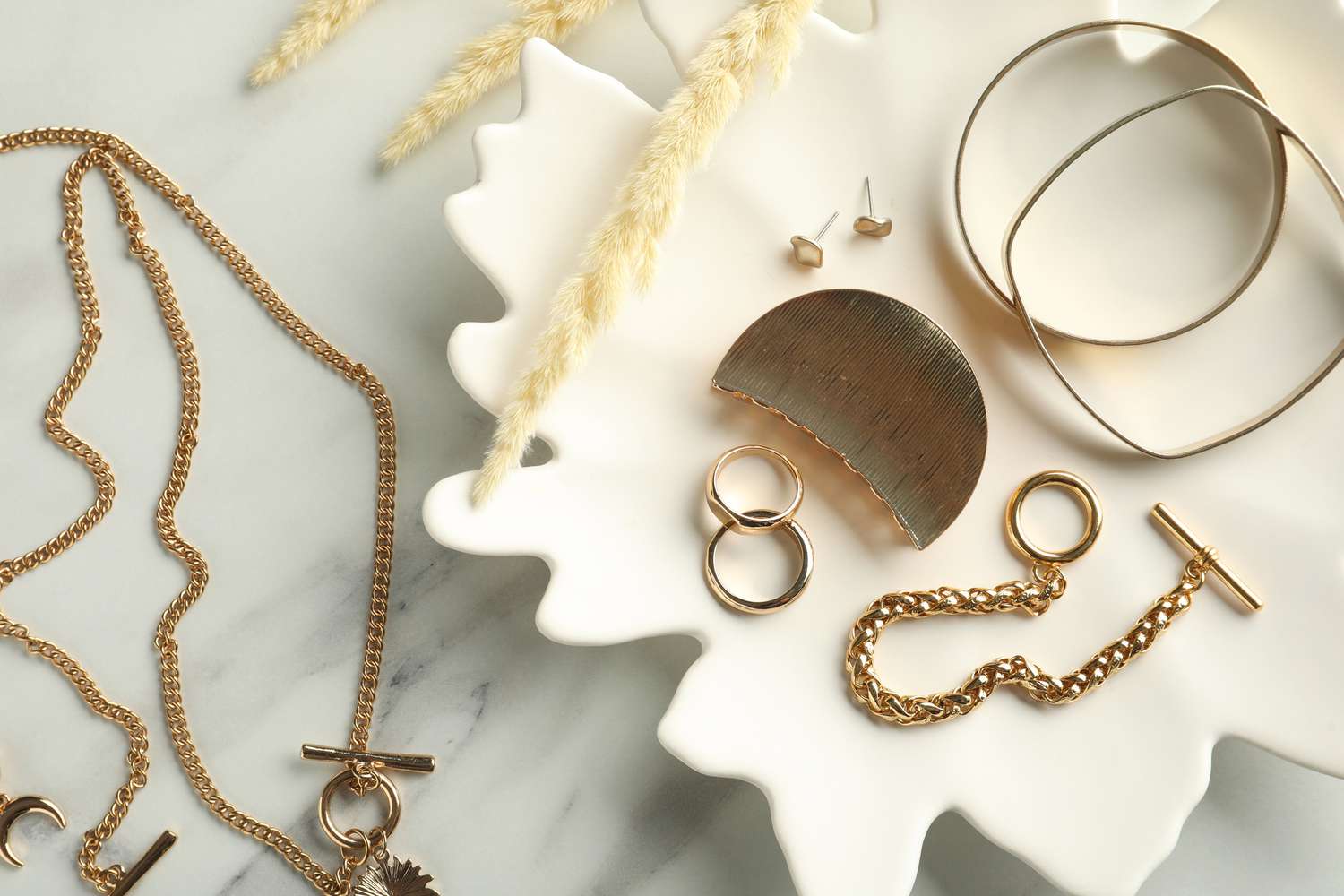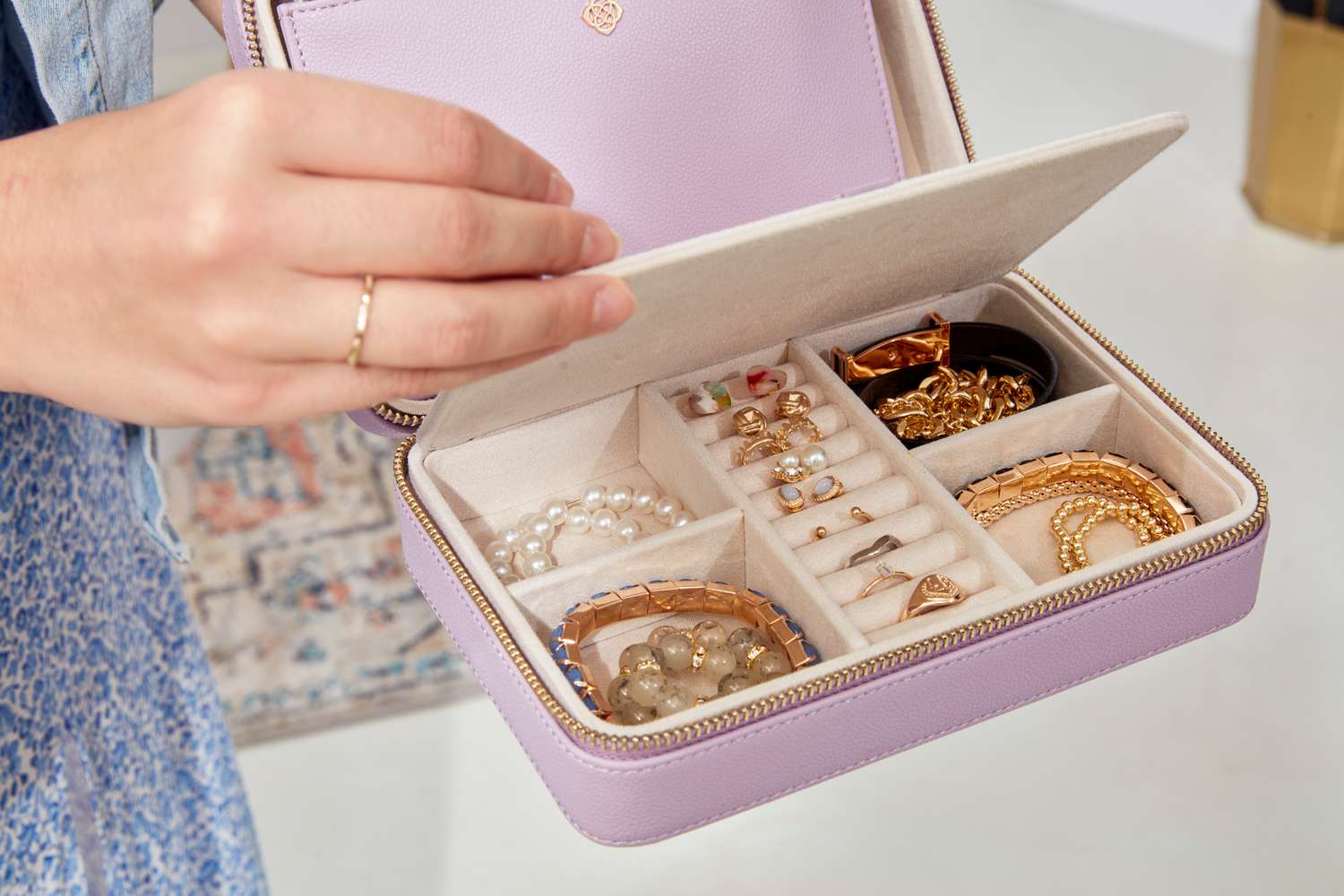The Timeless Allure of Jewelry: An Exploration of Craft, Culture, and Personal Expression
Jewelry has long been more than a mere adornment. It is a symbol, a reflection of culture, a piece of history, and, for many, an embodiment of personal identity. From the ancient civilizations that used precious stones to signal power and status, to modern trends where jewelry is used to mark significant moments in life, its allure remains steadfast. But what makes jewelry such a cherished possession across time and cultures? Why does it hold a special place in our hearts, transcending mere aesthetics to become something deeply personal and significant? In this article, we will explore the multifaceted nature of jewelry—from its ancient origins to its modern-day significance, and how it continues to evolve as both an art form and a form of self-expression.
The History and Evolution of Jewelry
The roots of jewelry can be traced back to the dawn of civilization, where its creation and use were closely tied to the social, cultural, and spiritual fabric of society. Archaeological evidence suggests that early humans fashioned ornaments from natural materials such as shells, stones, and bones. These rudimentary forms of jewelry were often worn for decorative purposes, but they also carried symbolic significance. In many ancient cultures, jewelry was believed to hold protective powers, warding off evil spirits or bringing good fortune.
The first known examples of metalworking in jewelry can be traced to the ancient Sumerians of Mesopotamia, who were among the first to craft intricate designs using gold and gemstones around 4,000 BCE. From there, the art of jewelry making spread across the ancient world. In Egypt, the pharaohs were buried with elaborate jewelry that served not only as an expression of wealth but also as a means of securing protection and favor in the afterlife. In ancient Greece and Rome, jewelry became a symbol of both wealth and personal achievement, with intricate designs incorporating mythology and symbolism.
As civilizations progressed, so did the complexity and artistry of jewelry. During the Renaissance, Europe saw a flourishing of goldsmithing and gem-cutting techniques, with skilled artisans creating masterpieces that often included enamel work, diamonds, and precious stones. By the 19th and 20th centuries, with the rise of the Art Nouveau and Art Deco movements, jewelry became not only a symbol of wealth but also a way to express individual style, artistic tastes, and modern sensibilities.
The Materials of Jewelry: Craftsmanship and Luxury
At the heart of jewelry’s enduring appeal lies the materials from which it is made—precious metals, gemstones, and pearls—each of which carries its own unique value and significance. Gold, silver, and platinum are the cornerstones of fine jewelry, prized for their beauty, malleability, and rarity. Gold, with its rich, warm color and enduring value, has been a symbol of power, wealth, and divinity for millennia. Platinum, the rarest of metals, is often associated with luxury and exclusivity, while silver has historically been used for both decorative and functional purposes, providing a more accessible alternative to gold.
Gemstones, too, have long been a source of fascination and desire. Diamonds, with their brilliant sparkle and rarity, have become synonymous with love and commitment, often used to mark engagements and weddings. Sapphires, rubies, and emeralds—each with their deep, rich hues—have been worn by royalty and the elite for centuries, not only for their beauty but also for the belief that they possessed mystical powers. Birthstones, too, have become an integral part of jewelry, with each stone symbolizing a particular month and holding personal meaning for those born in that month.
In addition to precious metals and gemstones, pearls have occupied a revered place in the world of jewelry for thousands of years. Revered for their organic beauty and lustrous sheen, pearls have long been associated with elegance and sophistication. From the iconic strands worn by royalty and Hollywood legends to the more understated designs favored in contemporary fashion, pearls continue to evoke a sense of timeless grace.
The artistry involved in crafting jewelry is equally important. The intricate work of jewelers, whether it is the delicate setting of a diamond, the fine detailing of an antique brooch, or the modern geometric designs seen in today’s trends, transforms raw materials into wearable works of art. For a piece of jewelry to truly stand out, the skill of the artisan is paramount—transforming a simple design into something breathtaking.
Jewelry as Personal Expression
While jewelry is often associated with wealth, luxury, and status, it has also become an important medium for personal expression. Today, jewelry is worn for a variety of reasons—each piece reflecting something unique about the wearer. For some, jewelry is a way to connect with their heritage or express their cultural identity. For others, it is a means of marking significant milestones in life—such as a graduation, a wedding, or the birth of a child. Engraved bracelets, custom-made rings, and necklaces with meaningful charms all serve as tangible reminders of special moments.
One of the most compelling aspects of jewelry is its ability to be deeply personal. Many people seek out bespoke jewelry, having pieces created specifically to reflect their style, taste, and values. Custom designs allow individuals to express themselves in ways that mass-produced jewelry cannot. Whether it’s a ring designed to commemorate a loved one or a necklace crafted from a significant gemstone, these pieces become more than just accessories—they become heirlooms, passed down through generations, each carrying its own story.
Moreover, jewelry serves as a form of non-verbal communication, allowing wearers to make subtle statements about their personality or beliefs. A delicate pair of gold earrings may convey elegance, while a bold, chunky bracelet might speak to a more adventurous spirit. Jewelry can reflect one’s mood, political views, or artistic sensibilities, making it a versatile and dynamic form of self-expression.
Jewelry in Modern Fashion: Trends and Innovations
In the contemporary world, jewelry remains an essential component of fashion. Designers continue to innovate, blending tradition with modernity to create pieces that resonate with today’s diverse tastes. While classic designs like solitaire diamond rings and pearl necklaces never lose their appeal, there has been a noticeable shift toward more experimental styles in recent years.
One of the most prominent trends is the move towards sustainable and ethical jewelry. As awareness of environmental issues and ethical practices in the fashion industry grows, more jewelers are turning to recycled metals, ethically sourced gemstones, and responsible labor practices. This shift reflects a growing desire among consumers to make more conscious choices and invest in jewelry that aligns with their values.
The rise of minimalist jewelry is another notable trend. Simple, clean designs—often featuring geometric shapes or dainty chains—are gaining popularity, as more individuals opt for subtle, understated elegance rather than bold statement pieces. This trend is a response to the fast-paced, ever-changing world of fashion, with many seeking jewelry that is timeless and versatile, capable of complementing a variety of outfits and occasions.
Simultaneously, maximalism in jewelry is enjoying a resurgence, with oversized earrings, chunky necklaces, and vibrant gemstones commanding attention. This trend is reflective of a broader cultural embrace of self-expression and individuality, where bolder, more eclectic styles are celebrated.
Jewelry as Legacy and Investment
Beyond its role in fashion and self-expression, jewelry has long been seen as an investment—both financially and emotionally. Precious metals and gemstones tend to retain or increase in value over time, making jewelry not only a cherished personal possession but also a potential asset. Antique and vintage jewelry, in particular, can command significant sums at auctions, as collectors seek out rare and historically significant pieces.
Perhaps more importantly, jewelry serves as an emotional legacy. Family heirlooms, passed down through generations, often hold immense sentimental value. A grandmother’s ring, a mother’s necklace, or a father’s cufflinks become treasures that carry with them the stories and memories of the individuals who wore them before. These pieces of jewelry connect the past with the present, allowing the wearer to carry forward a piece of history and family tradition.
Conclusion: The Enduring Appeal of Jewelry
Jewelry, in all its forms, continues to captivate us. It is both a tangible expression of beauty and an intangible reflection of our innermost emotions and values. From the earliest days of civilization to the modern-day, jewelry has remained an enduring symbol of art, culture, and personal identity. It has evolved from a simple functional adornment to a complex medium for self-expression, a symbol of love and commitment, and a cherished investment.
Whether it is a delicate bracelet passed down from a loved one, a custom-made engagement ring, or a piece of avant-garde design, jewelry carries with it an inherent sense of meaning and significance. As we continue to shape and redefine our relationships with material goods, jewelry remains a testament to the enduring desire to express ourselves, mark important moments, and connect with both the past and the present. In the world of jewelry, time itself is captured—forever embodied in the precious stones and metals that grace our lives.






